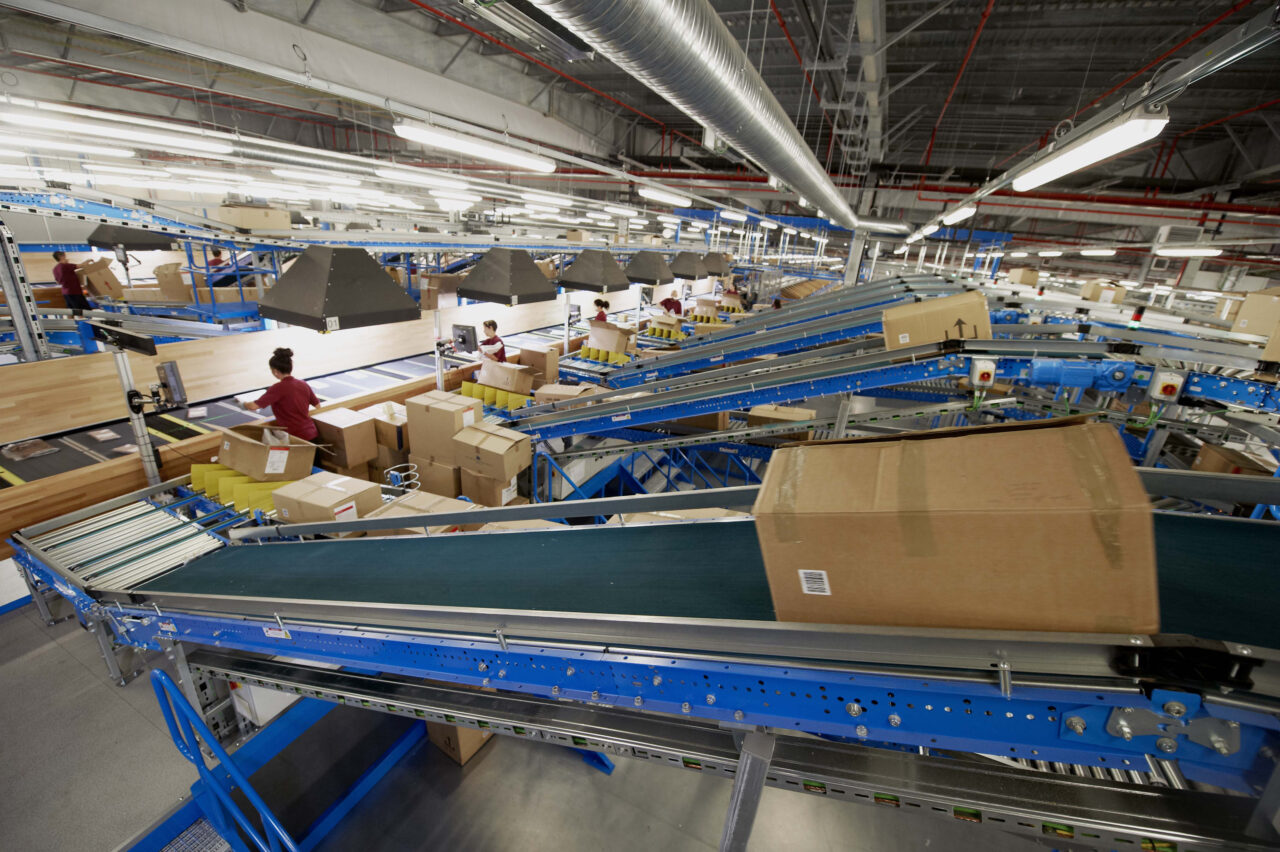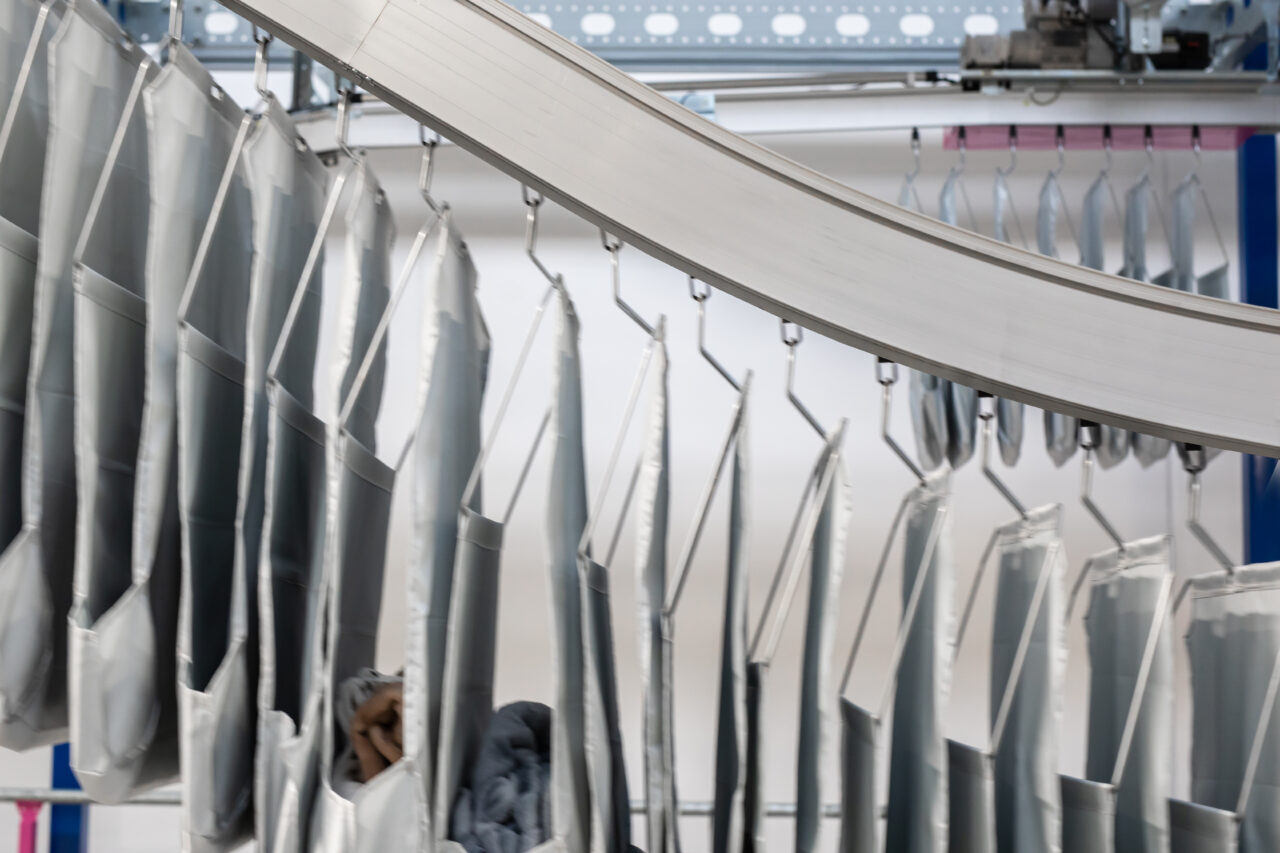Innovations redefining seasonal demand management in distribution centres
A strategic blend of innovative technologies and scalable automation can help distribution centres with seasonal demand management.

A strategic blend of innovative technologies and scalable automation can help distribution centres with seasonal demand management.
Every year, as the holiday season approaches, distribution centres face the daunting task of seasonal demand management, which often requires a significant increase in workforce and operational efficiency.
The challenge lies in ensuring these additional seasonal employees achieve full productivity with minimal training while balancing the increased labour costs.
The solution?
Distribution centres need a strategic blend of innovative technologies and scalable automation that can be adjusted as demand fluctuates.
This article delves into how the latest innovations in warehouse peak season strategies are revolutionising how distribution centres prepare for and manage the pressures of peak seasons.
Distribution centres experience intense pressure during peak seasons, sometimes necessitating a near doubling of their workforce to keep up with demand.

However, amidst labour shortages and the challenge of finding qualified workers, the industry is increasingly turning to automation as a key solution.
The deployment of advanced robots, Autonomous Mobile Robots (AMRs), and sophisticated order fulfilment engines, such as pouch system technology, has emerged as a crucial strategy.
These technologies enable distribution centres to manage up to 80 percent of their production with minimal human intervention, significantly reducing their reliance on manual labour.
To effectively handle the surge in demand, an intelligent combination of automation and manual processes is essential.
Automated systems can manage routine operations, while manual labour, guided by advanced operator systems that minimise the need for extensive training, is reserved for more complex tasks.
The integration of collaborative workspaces, where humans and machines work side by side, allows for seamless operation. In these environments, humans supervise and manage special situations, while machines handle the vast majority of the autonomous processes.
Automation will continue to expand and enhance areas where human labour is most effective, such as managing peaks or handling very specific tasks. As technology advances, workers will be increasingly supported by tech, and automation will create new job opportunities, such as robot operators or data analysts.
One of the most transformative technologies enabling seasonal demand management is modern pouch system technology supported by intelligent controls.
This innovation uses historical data to predict demand spikes, allowing for predictive picking before peak periods.
For example, if a campaign for white t-shirts is planned, historical data can forecast the expected demand. By leveraging this data, operations can smooth out demand peaks by pre-picking items during low-volume periods. These pre-picked items are stored in pouches, ready to be dispatched as soon as orders are placed, ensuring a rapid and efficient order fulfilment.

BEUMER Group’s pouch technology exemplifies this innovation. Its modular design allows for minimal manual touchpoints during buffering, sorting, sequencing and returns handling – all within a single system. This flexibility enables distribution centres to prepare for peaks by picking items in advance, ensuring they are ready for packing as soon as orders come in.
One of the most significant advantages of pouch technology is its accessibility and scalability. Designed with modularity in mind, this technology allows distribution centres to start small and expand their systems as demand grows. As operations scale, so too does the functionality of the technology, evolving alongside the distribution centre’s needs.
Today, human labour may be preferred to load items into the system, but the future points towards full automation, with robots taking on these tasks. This adaptability ensures that modern pouch system technology can meet the changing demands of any distribution centre.
Leading suppliers are focusing on integrating sortation solutions with other technologies to create comprehensive systems tailored to the unique needs of each distribution centre.
This approach ensures that centres can efficiently manage peak demands and maintain flexibility across various distribution channels.
By combining automated sortation technology with picking towers, goods-to-person systems, mini-loads, shuttle systems and AMRs, distribution centres can optimise their operations and better prepare for the challenges of peak seasons.
As the demands of peak seasons continue to rise, the integration of innovative technologies is no longer optional – it’s essential. By leveraging advanced automation, predictive analytics and modular systems like pouch technology, distribution centres can not only survive but thrive during these critical periods.
The future of peak seasonal demand management lies in the seamless integration of humans and machines, ensuring that operations are efficient, scalable and ready to meet the challenges of an ever-evolving market.